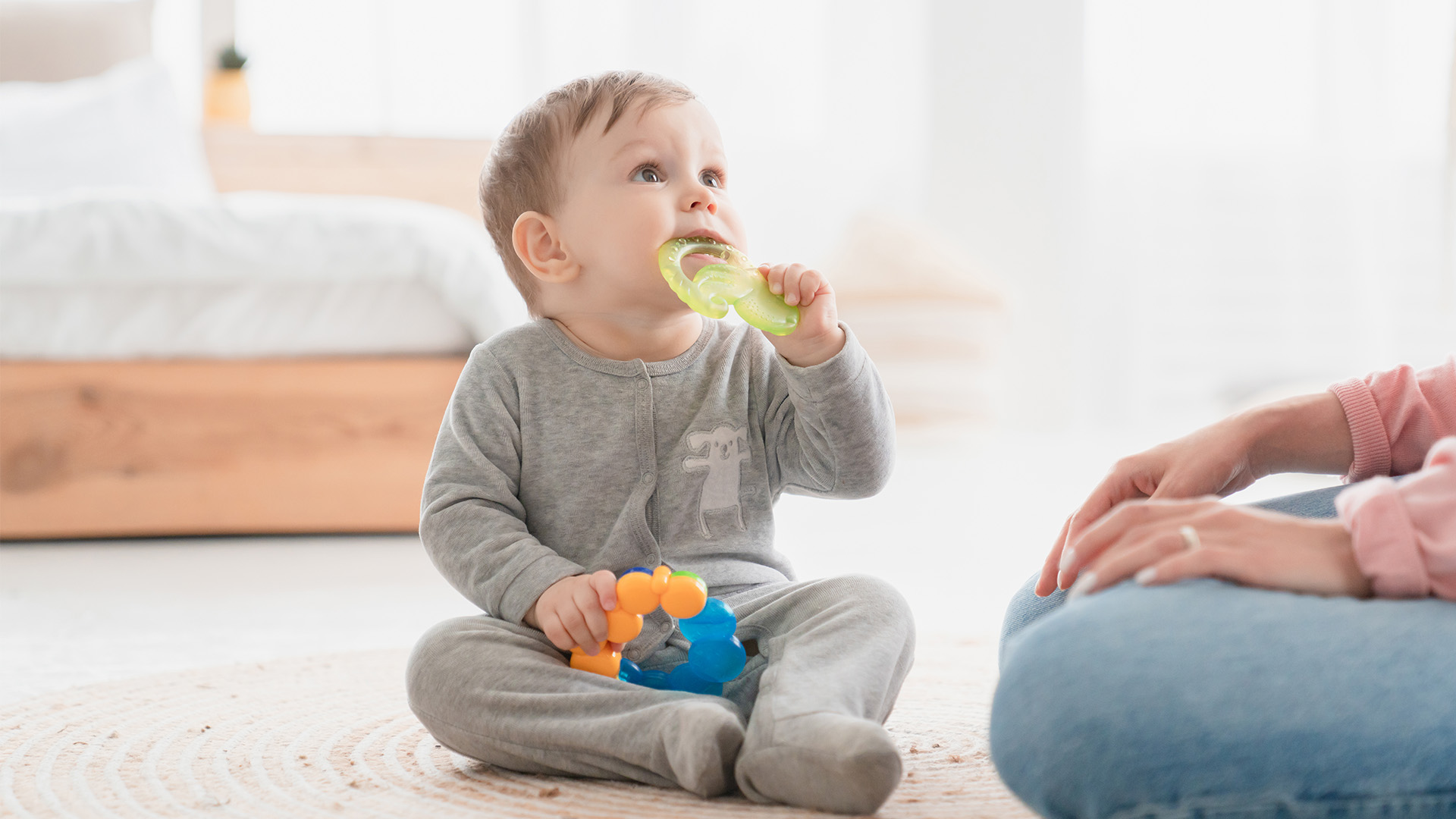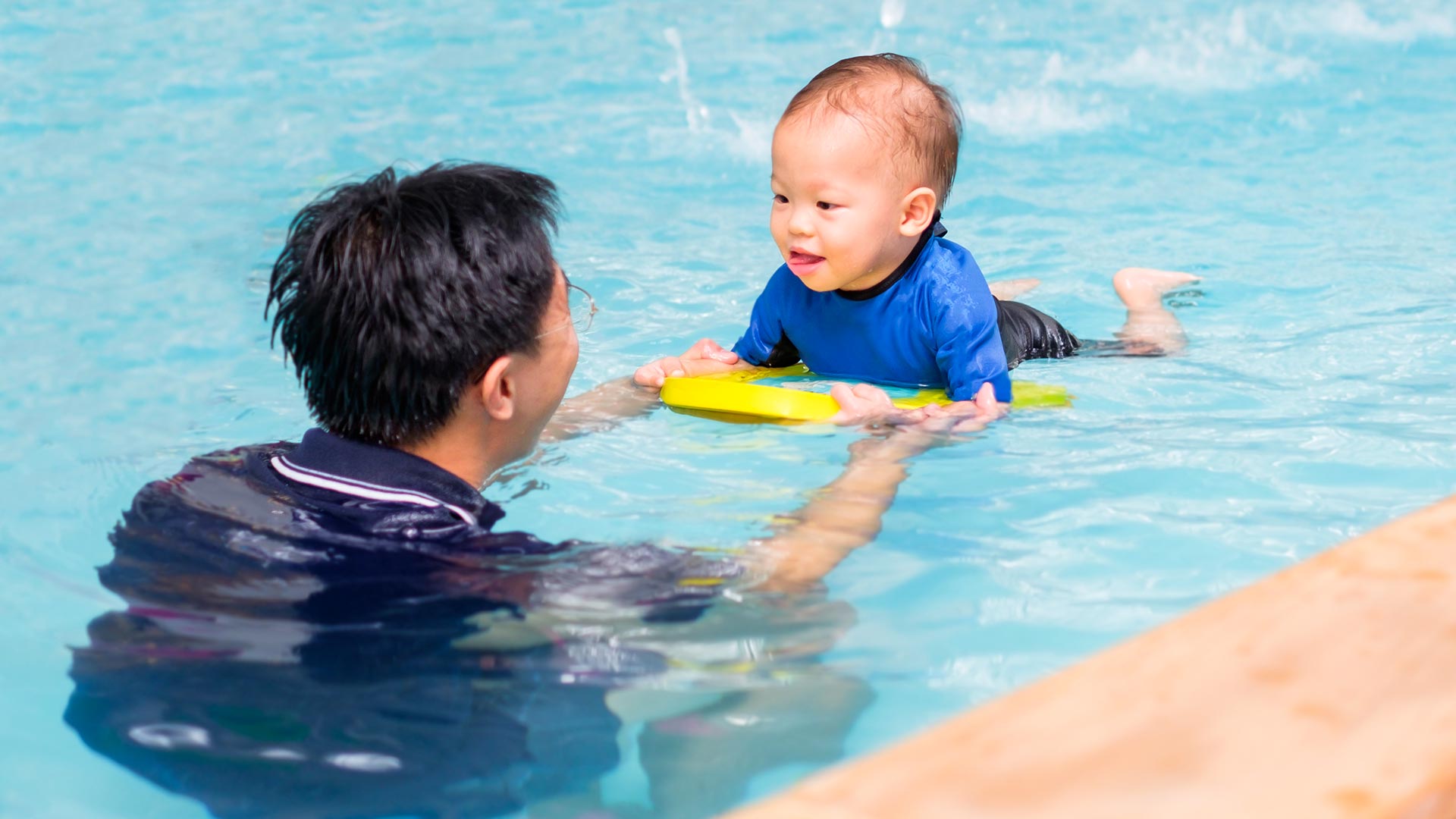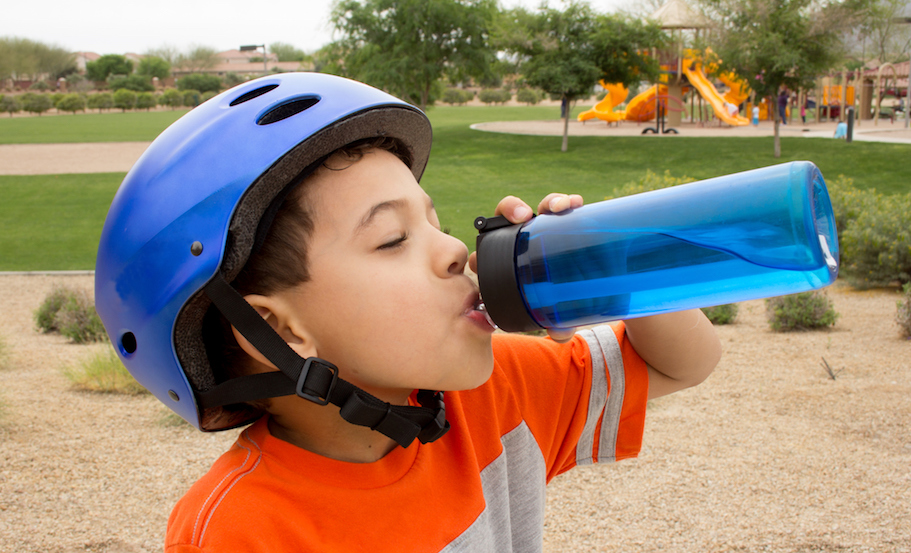At some point, every kid bumps their head — sometimes harder than others. While most of these accidents are minor, all head injuries should be monitored for signs of a concussion, which could get worse without timely and appropriate care.
A form of mild traumatic brain injury (mTBI), a concussion occurs when the brain is jarred rapidly back and forth within the skull, causing microscopic damage to the brain’s nerves and the fibers connecting them. Falls and accidental impact to the head are the most common injuries that send children to the emergency room, with more than 8,000 children and adolescents seen daily in the United States alone.
Symptoms of a Concussion
While most concussions are not life-threatening, a small child’s limited verbal skills can make it difficult to communicate how they are feeling. This means you’ll need to watch for several signs, including:
● Listlessness and changes in their sleeping pattern
● Irritability and other extreme emotions, such as crying easily
● Change in eating or nursing patterns
● Lack of balance or unsteadiness when sitting or walking
● Disinterested in favorite toys or playing
● Headache, sometimes shown by head-grabbing
● Vomiting or nausea
● Light and noise sensitivity
● Weakness in arms or legs, loss of coordination
● Inability to wake up or extreme sleepiness
Not sure if your child’s head injury is more serious? Watch for these signs, and if they’re present, seek immediate medical attention:
-
Headaches getting worse
-
Seizures (shaking or loss of consciousness)
-
Pupil asymmetry (one larger than the other)
-
Increased weakness in arms or legs or slurred speech
Diagnosis and Treatment
Even a mild concussion can lead to developmental interruption, so the Center for Disease Control and Prevention recommends all children with a head injury be seen by a doctor. In the exam, they’ll not only look for physical damages and perform a neurological exam, but doctors can do more detailed testing in older children to address neurocognitive issues, such as verbal and visual memory, and changes in behavior and balance. Your doctor may also recommend imaging tests such as a computerized tomography (CT) or magnetic resonance imaging (MRI) scan to rule out internal bleeding or fractures.
Infants and children can appear to recover from a mild concussion quickly, yet still be susceptible to reinjury or further damage. So the National Institute for Health (NIH) offers the following treatments and recommendations:
● Rest is perhaps the hardest to encourage a toddler to do but the most important, so cut back on outside play, especially running or any contact games.
● Hydration. Avoid getting overheated and drink plenty of fluids. Dehydration can increase risk of concussion while playing and prolong recovery
● Give acetaminophen, not aspirin, ibuprofen or other NSAIDs because they can interfere with blood clotting and contribute to bleeding.
● Limit screen time from the TV, smartphones, computers and handheld video games until your child feels better.
● Sleep is important after a concussion. Allow your child to sleep when tired but monitor their sleeping patterns.
Prevention Is Key
Growing up comes with a lot of firsts, and learning to roll over, walk, run, bike and climb each has an inherent risk of falling. To minimize or prevent injuries that might occur during these milestones, follow these safety tips:
● Baby-proof the house. Keep up the sides of your baby’s crib and place temporary railing to beds (especially upper bunk beds). Add inexpensive rubber corner guards to tables and install childproof gates near stairs.
● Buckle up. Be sure children are always correctly buckled into a car or booster seat. Car accidents are the No. 1 cause of more serious head injuries.
● Wear a helmet. Whether playing sports or learning to bike or skateboard, helmets have proven to reduce overall childhood head injuries by 60 percent and fatalities by 73 percent.
● Supervise children. Do not leave babies or children unattended. Speak with coaches and teachers to be sure proper gear and training is being provided during athletics or outside play.
Accidents are bound to happen, but most injuries will be minor. With prompt medical care and plenty of rest, your child will be back exploring in no time.
Are You Interested in Learning More?
Sign up for our e-newsletter for more tips and best practices from pediatricians.
Sign Up Here










